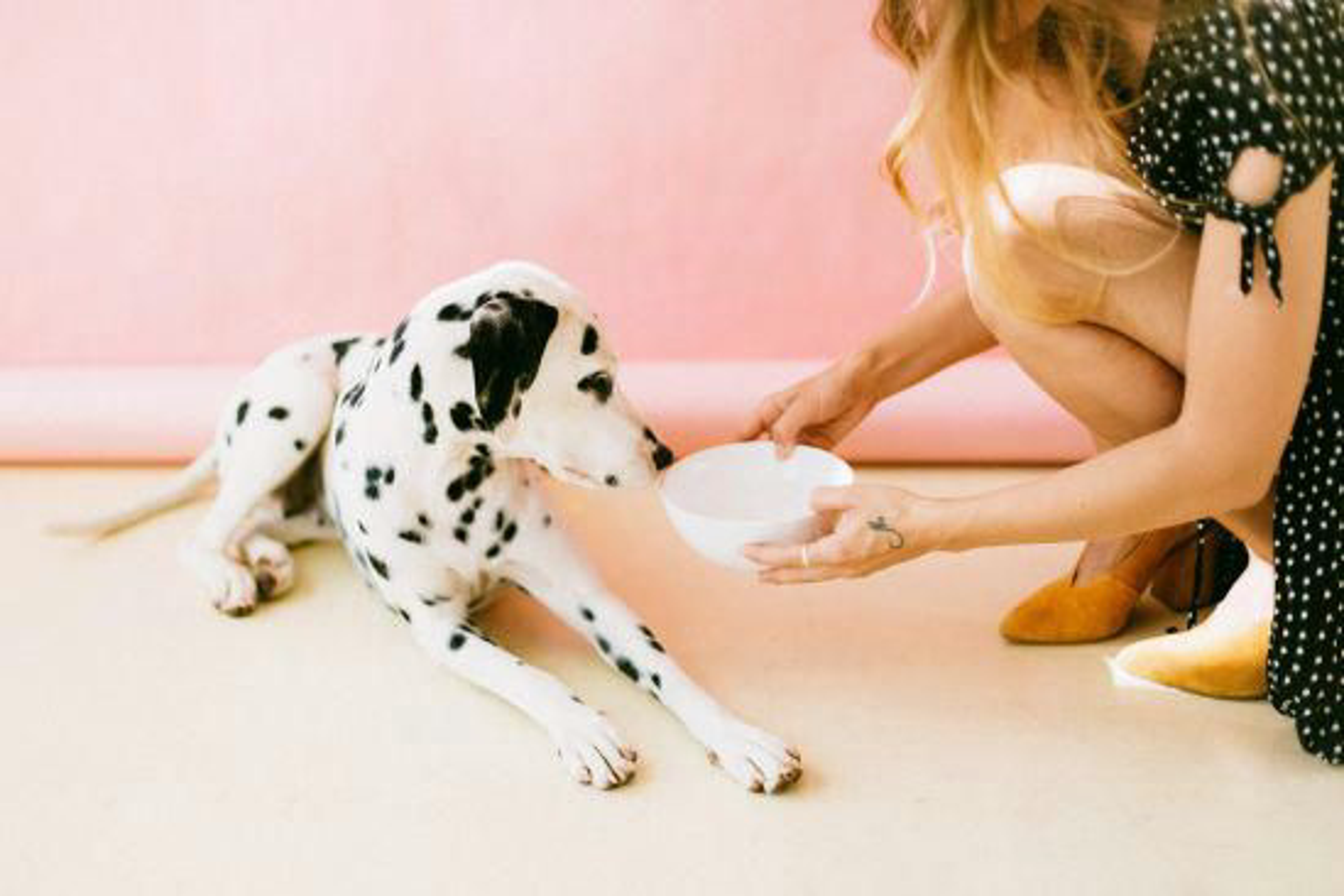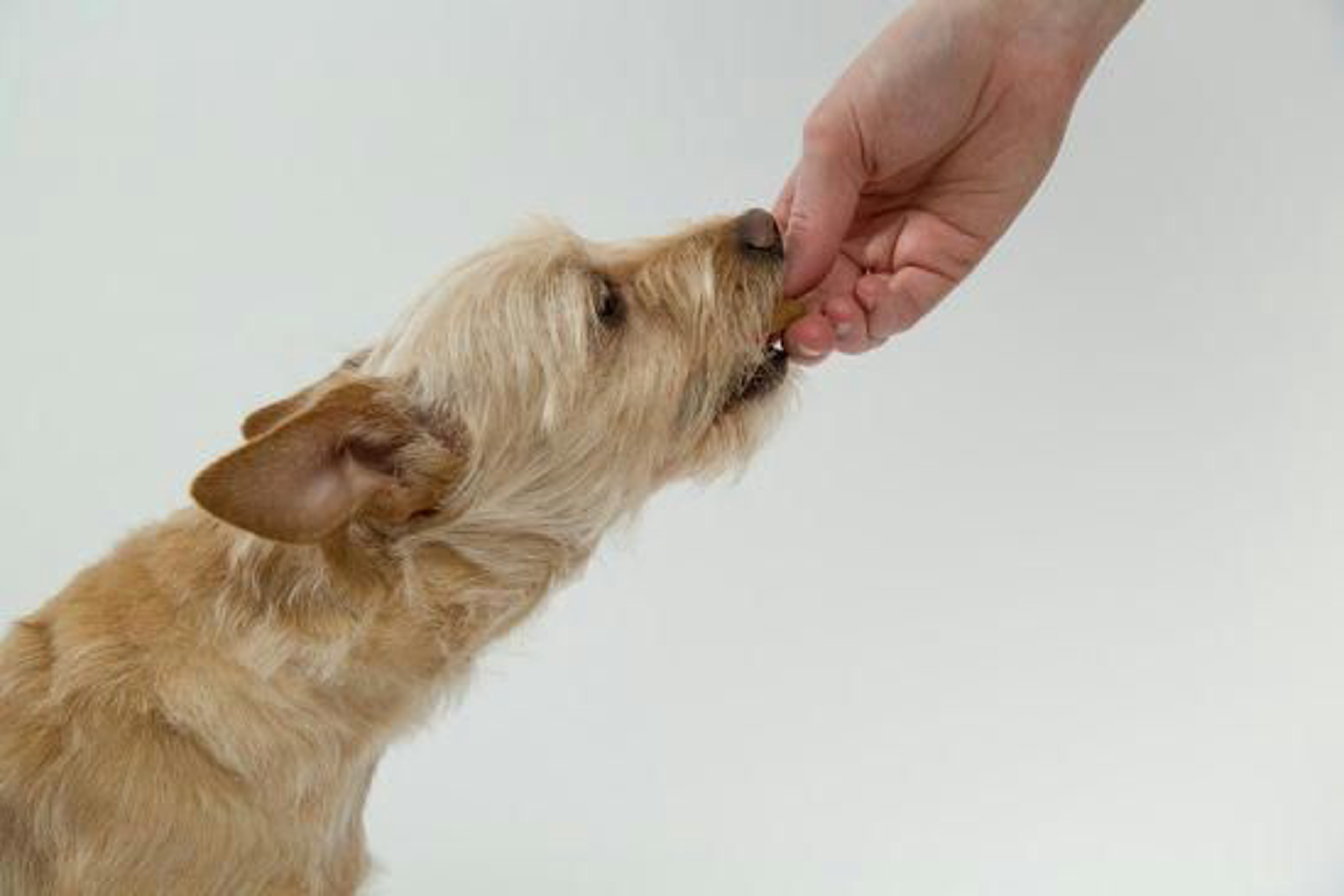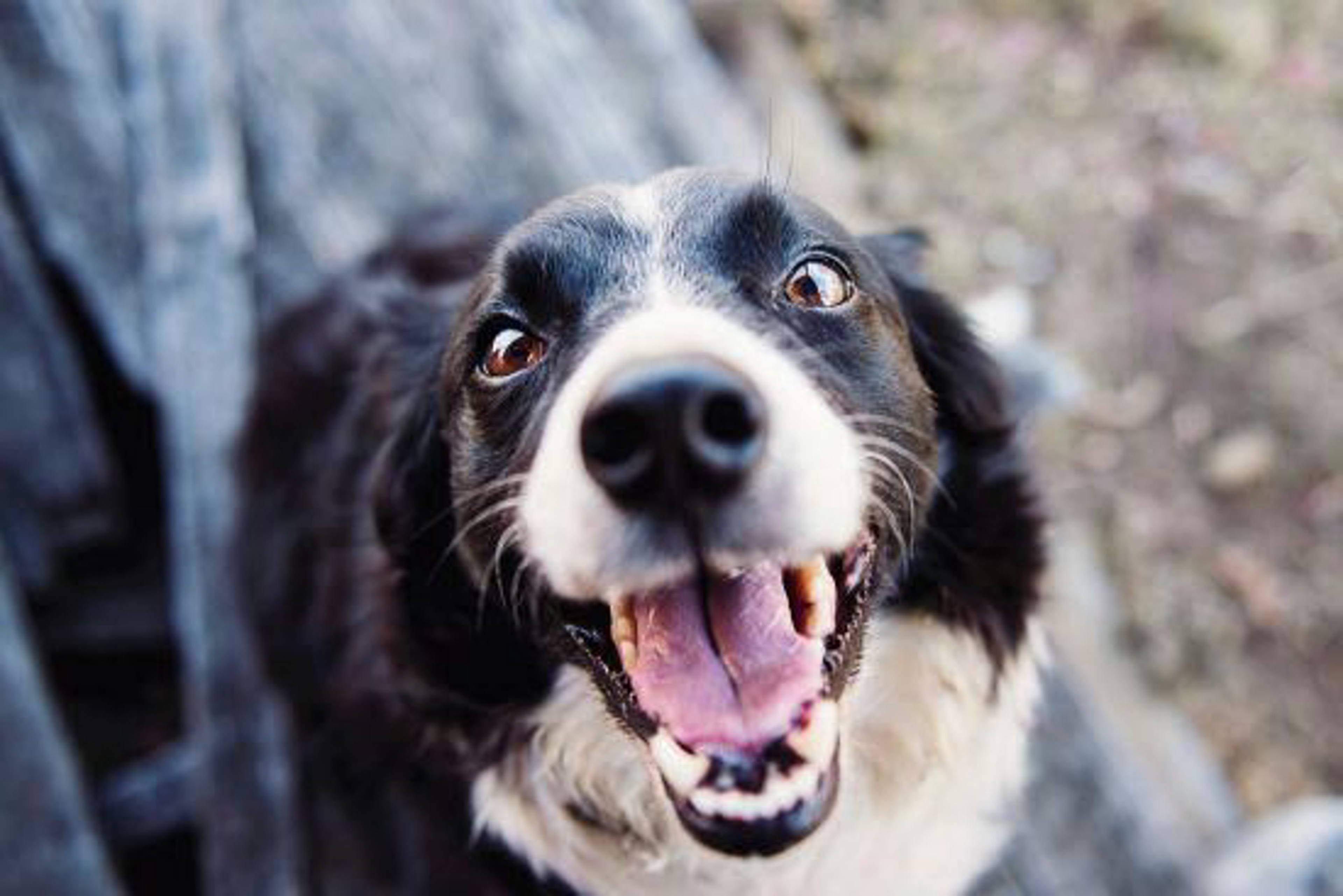Why is my dog not eating — 10 reasons for loss of appetite
Dog guides Health
Previously, your dog would leap merrily around you as soon as you got anywhere near his food bowl, but now he is not remotely interested. If your dog experiences an occasional loss of appetite, that isn’t necessarily anything to worry about. But if this unwillingness to eat occurs frequently, you should investigate the cause.
From diet to health to hormonal causes: we have compiled 10 reasons to help you answer the question: why isn’t my dog eating?

How long can a dog go without food?
You do not need to worry about your dog starving through lack of food any time soon. Not that you should let it come to this, but a healthy adult dog can survive up to 25 days without food. On the other hand, if your dog is not drinking, that is more problematic: it would take about six days for dehydration to set in. Either way, if your dog is not eating, you will want to investigate why before any problems arise – the sooner you try to work out the reason for your dog’s loss of appetite, the better.
1. Stress
Just like humans, dogs are sensitive to stress. Have you moved house with your dog? Has something changed in his social environment, maybe another new pet or an unfamiliar human resident? Could he be pining for an absent caregiver or a long-time canine companion? Is there a female on heat in the vicinity who has attracted his attention? Or has something changed in terms of everyday routine? This can cause stress to your dog and put him off his food. Even the weather can have an impact on appetite.
3. Illness
Illness can also be revealed through loss of appetite. Bacterial infections, kidney problems, digestive complaints and other conditions can result in your dog refusing to eat. If this is accompanied by symptoms such as a temperature or vomiting, you should definitely consulta vet as soon as possible to rule out the possibility of a serious illness being the cause of your dog’s loss of appetite.

4. Teething
If your puppy does not want to eat, this could be due to teething. The pressure of the new teeth can feel very unpleasant in the mouth. This usually abates once the milk tooth gives way to the new tooth. You can speed up the teething process by giving your puppy special toys to chew on and make life easier by soaking dry food in lukewarm water until the teething period is over. Dogs generally start teething at about 4 months, the process takes about three months and is complete by the age of nine months. The length of time it takes to lose the milk teeth depends on the dog’s size: large breeds usually finish teething earlier than small breeds.
6. Age
Older dogs have lower energy requirements and thus sometimes less interest in food. If an older dog shows a permanent loss of appetite, however, this could be a sign of illness, a diminishing sense of smell or taste, or stiffness. In the latter case, the dog is less flexible, which makes getting down to the food bowl to eat more difficult. You could see whether it helps your dog to reposition the food bowl a bit higher, making it easier to reach. Some older dogs also feel satiated more quickly than their younger counterparts, so you could try dividing their food into several smaller meals spread across the day to see if this improves their eating habits. If in doubt, you should get your dog examined by a vet to check whether a health issue could be causing the problem.
8. Frequent changes of food
Does it feel like eating the same thing would be boring? While this might be true for us humans, the same does not apply for dogs. When it comes to food, dogs are creatures of habit, the canine digestive tract is not designed for frequent changes and the response can be stress, diarrhoea or other complaints. If you regularly change or vary the food, your dog may develop strong preferences and end up refusing certain varieties of food. Fussiness alert!
Desired changes of food should always be tackled slowly using a cautious approach, and you should stick to one variety once you have made your decision and are confident this meets your dog’s needs. Some dogs need longer, for example, to make the switch from wet to dry food. Transitioning from a lower quality product with a high sugar content to a higher quality food can also take a certain amount of time.

9. Puberty
Between the age of 7 and 11 months some dogs go through their so-called “adolescent phase”. During canine puberty, dogs will test the limits. If your dog becomes much less obedient than usual or if you suspect signs of dominant behaviour, this could be linked to puberty. Your dog may refuse food (to some extent) to see what happens. It is important not to just give in or offer alternative food or treats. Otherwise, this teaches your adolescent that he can win through this behaviour and your dog is likely to continue trying his luck into adulthood.
A couple more final tips
Once health reasons have been ruled out by your vet, you can help your dog rediscover his appetite if he has gone off his food.
Here’s a summary of how to encourage your dog to eat again:
• Physical activity makes you hungry – as we know for ourselves. So, grab your dog and get out on a long walk, maybe go jogging in the woods, or take a splash in the lake. This alone may well be enough to stimulate your dog’s appetite!
• Avoid putting your dog under any pressure when offering food; stay patient and allow plenty of time. And most importantly of all, don’t get angry, otherwise your dog will learn to associate negative energy with feeding.
• Offer lots of smaller meals and always keep the bowls clean.
• Only give your dog treats when a reward is really warranted.
• Never offer any of your own leftovers from the table – you’ll just have to resist that imploring doggy expression!
• Choose a high-quality dog food and avoid frequent changes of food.
In summary: there are many reasons for loss of appetite
If you are wondering “why won’t my dog eat?”, there are many potential underlying reasons. Go through our list, checking specific issues with a vet where appropriate. If there are no health reasons for your dog’s fussy eating behaviour, you can generally breathe a sigh of relief. Follow the various tips we’ve provided to get your dog back to more normal eating habits. If you offer treats as a reward when you are out and about, make sure you factor these in as part of your dog’s food plan. Be consistent, keep to regular feeding times and pay close attention to your dog. If in doubt, some extra petting sessions might help. After all, the way to a dog’s heart is through his stomach. Bon appétit!


